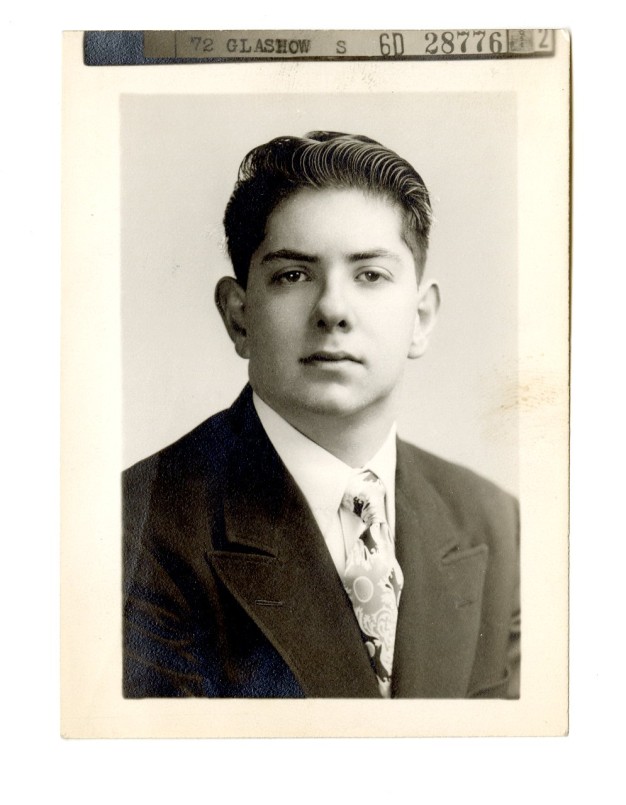From Outside the Milky Way Galaxy in the Direction of the Supergalactic Plane: Sheldon Glashow’s Theory Proven Deep in the Ice
Sheldon Glashow (APS 2002) is a theoretical physicist whose research has focused on high energy particle physics. He won a Nobel Prize in 1979, shared with Steven Weinberg and Abdus Salam, for their contributions to the theory of the unified weak and electromagnetic interaction between elementary particles, including, inter alia, the prediction of the weak neutral current. As a manuscripts processor at the APS, I have had the pleasure of processing Glashow’s remarkable papers, which add to the extensive inventory of 20th and 21st-century scientific papers in the collections of the American Philosophical Society.
Glashow grew up in New York City, and attended Bronx High School for Science. The subject of physics wasn’t a strong suit of the faculty at that time, so he and his friends bought used physics books from the 4th Avenue bookstores, and learned by reading and discussing concepts on the subway going to and from school. When Glashow was fifteen years old, he read George Gamow’s book, One Two Three Infinity: Facts and Speculations of Science, published in 1947, and was fascinated to learn about neutrinos. Neutrino, meaning “little neutral one,” was coined by Enrico Fermi in 1933, a year after the discovery of the neutron, when we learned that nuclear reactions power the sun. Neutrinos are subatomic particles, and are the ultimate cosmic messengers.
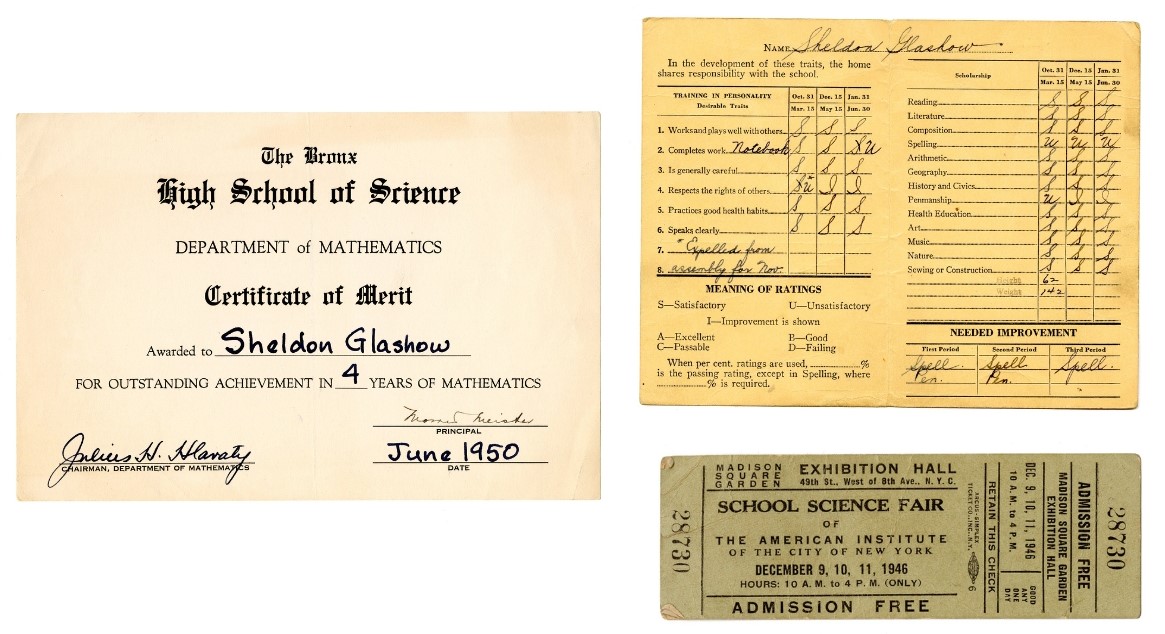
As a post doctoral student in Copenhagen in 1958, he predicted that an antineutrino (a neutrino’s antimatter twin) could interact with an electron to produce an as-yet undiscovered particle—if the antineutrino had just the right energy—through a process known as resonance. He theorized there should be a particle that would prove to be an intermediate vector boson (subatomic particle), that carried weak interactions. Twenty years later, this particle, known as the W-boson, was detected during an experiment led by C. Rubbia and P. Darriulat at the European Council for Nuclear Research (CERN).
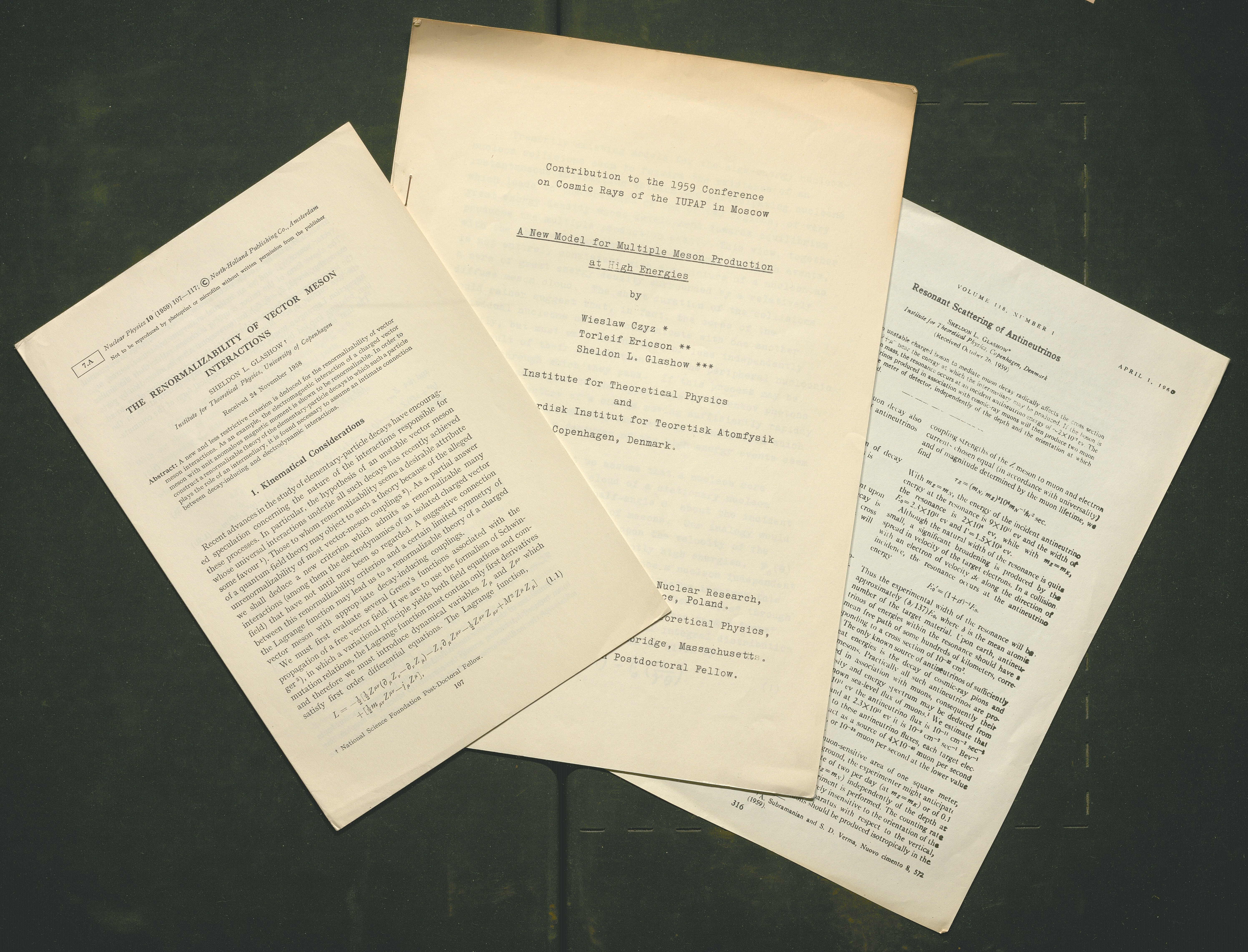
“A New Model for Multiple Meson Production at High Energies”, W. Czyz, R. Ericson, S. Glashow, 1959
“Resonant Scattering of Antneutrinos”, S.L. Glashow 1960

Glashow recounts that in 1969, John Illiopoulos and Luciano Maiani came to Harvard as Fellows, and with Glashow, they predicted the existence of charmed hadrons (composite, subatomic particles). Then in 1974, Alvaro de Rujula, Howard Georgi and Glashow predicted that charm would be discovered in neutrino physics.
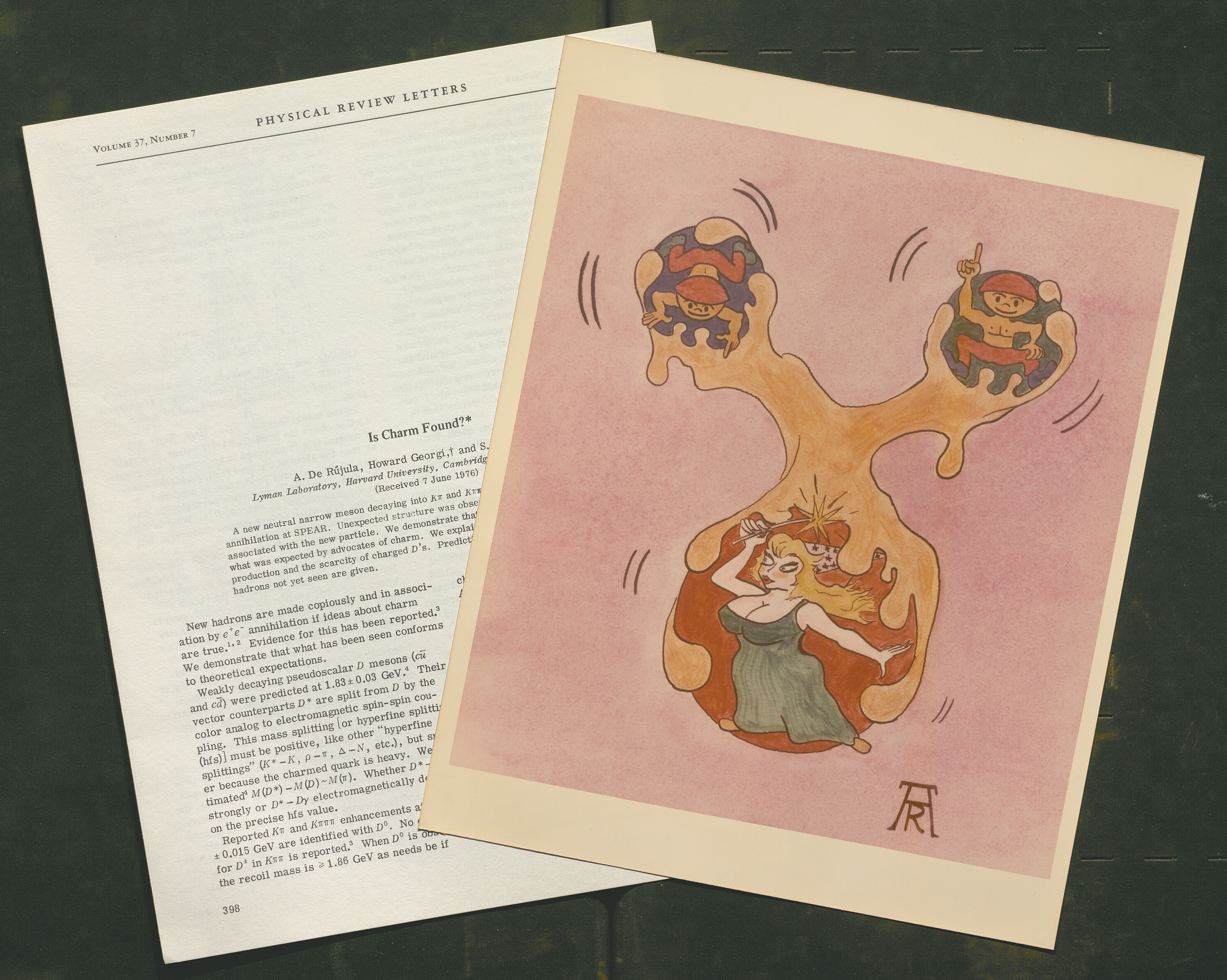
In 2010, to prove the collision portion of Glashow’s theory experimentally, scientists needed to have the energy of a cosmic accelerator, such as what active supermassive black holes can provide. No particle accelerator on earth could be built with such powerful energy, so they designed the Ice Cube Neutrino Observatory situated deep in the ice of Antarctica that could register neutrinos producing electrically charged secondary particles.
Eureka! In 2016, scientists observed what Glashow had predicted 62 years earlier. Imagine this: a high-energy particle hurtles from outer space, goes through an Antarctic ice sheet, and slams into an electron at nearly the speed of light. The enormously energetic collision created a completely different particle, which rapidly decayed into a cascade of others. And just like that, the Glashow resonance was detected.
Glashow was pleased to hear this, but in an interview in 2022, he modestly said, “Not an important discovery…” but, “How happy I am that something I predicted 62 years ago was finally found even though it was too late for anyone to care about.”
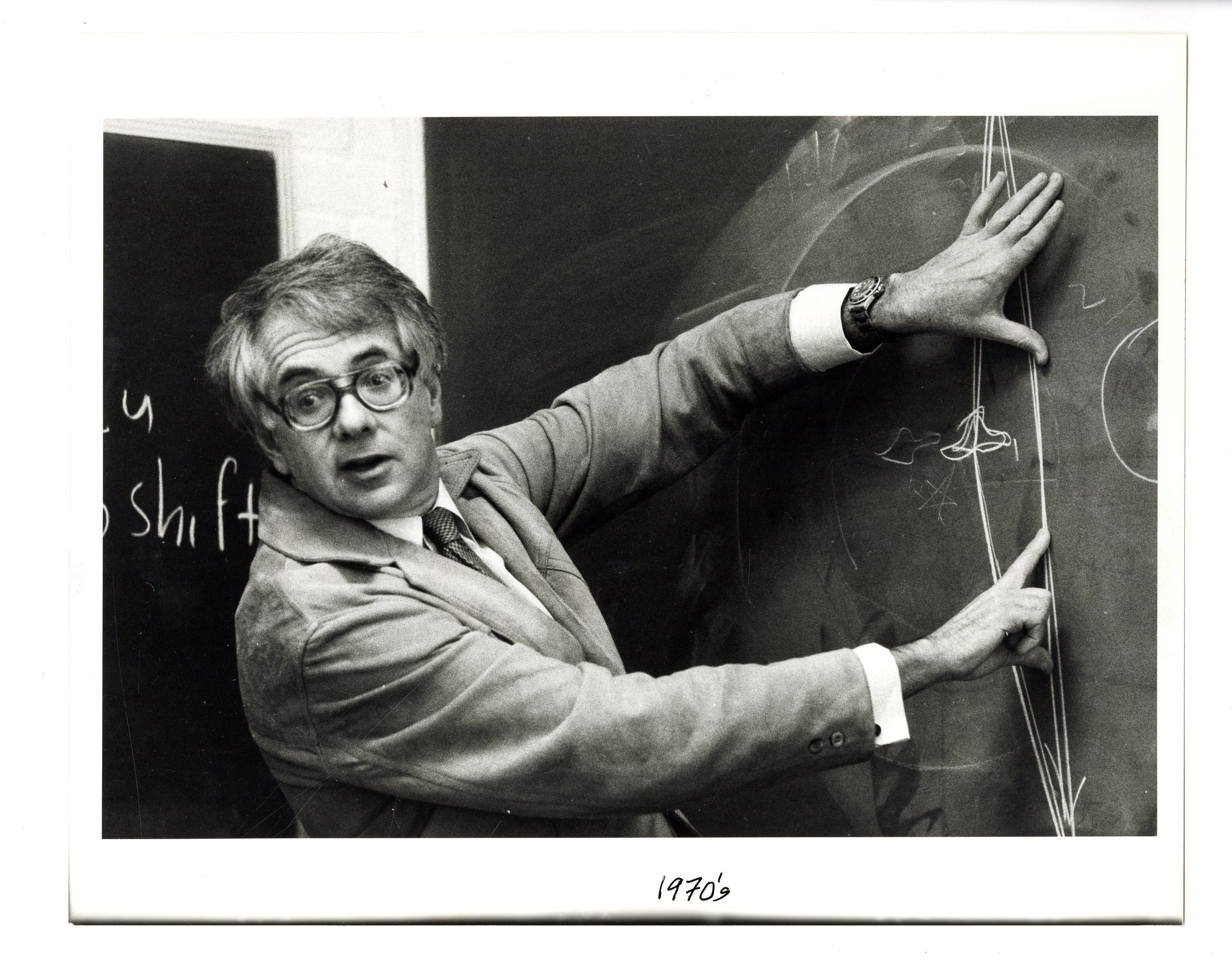
However, scientists working in the antarctic neutrino observatory in 2021 say this about the Glashow resonance event: “IceCube is designed to detect particles from cataclysmic events that have energies a million times greater than nuclear reactions…. The Glashow resonance event provides a rare opportunity for IceCube to distinguish neutrinos and antineutrinos, which it normally cannot do, and hence refine our understanding of the astrophysical neutrino flux.” (The number of neutrinos that should be detected over a certain area in a certain amount of time.)
“The result helps us better understand the universe on a number of levels. For one, it is yet another step toward a more complete knowledge of powerful cosmic accelerators, in which we learn more about their sizes and magnetic fields…. We haven’t been able to associate this antineutrino with any known source.” However, “We do know that it is from outside of the Milky Way galaxy in the direction of the supergalactic plane.”
In Glashow’s quest to contribute to the “search for the ultimate constituents of matter and for the rules by which they combine”, he has also contemplated questions such as the beginning and end of the universe, what makes mass, and the nature of fundamental particles, to name only a few.

